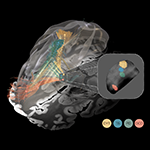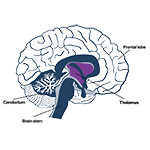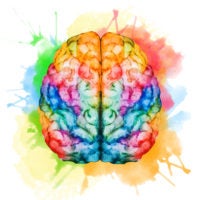Neuro Topics - Brain stimulation
SEARCH OTHER RESEARCH AREAS
April 15, 2024
Deep brain stimulation is a powerful therapeutic approach for severe brain circuit dysfunctions that can effectively alleviate the heterogeneous symptoms characteristic of Parkinson’s disease, dystonia, Tourette’s syndrome, and obsessive-compulsive disorder. Barbara Hollunder (Lab of Andreas Horn) explains what invasive brain stimulation can teach us about the circuit architecture of the brain’s dysfunction — and which commonalities it shares with a prism.
Original article in: Nature Neuroscience >
February 23, 2024
New research from Joseph Giacino and colleagues may upend the widely held view of traumatic brain injury as a permanently debilitating condition. The findings indicate that electrical stimulation can reawaken quiescent brain circuitry, leading to functional improvements that have the potential to restore work and social activities to patients’ lives.
Original article in: Nature Medicine >
May 27, 2020
Skyler Jackman and colleagues in the lab of Wade Regehr provide strong evidence that the cerebellum regulates aggression & suggest that genetically-tractable mice can be used to better define the neurons and activity patterns modulating aggression.
Original article in: eLife >
September 20, 2019
A new perspective piece from Charles Lieber and Shaun Patel on how precision electronic medicine in the brain can offer a better way to treat brain disorders, control prosthetics, or even enhance cognitive abilities.
Original article in: Nature Biotechnology >




